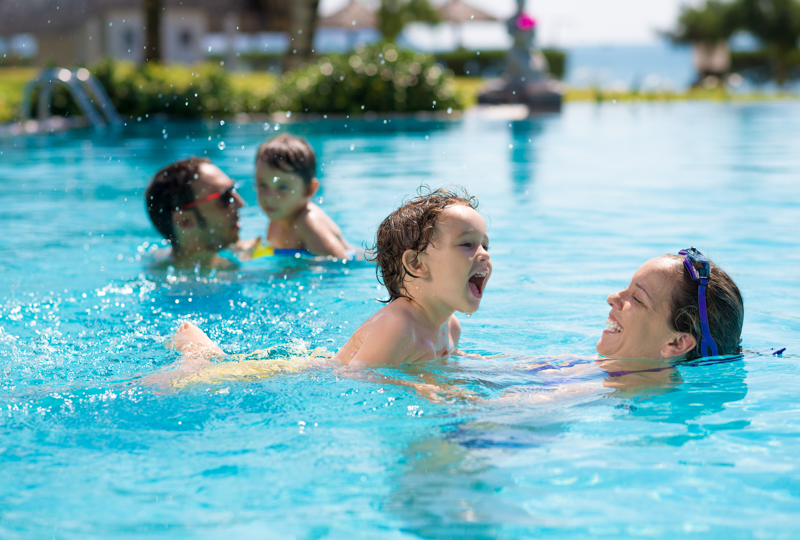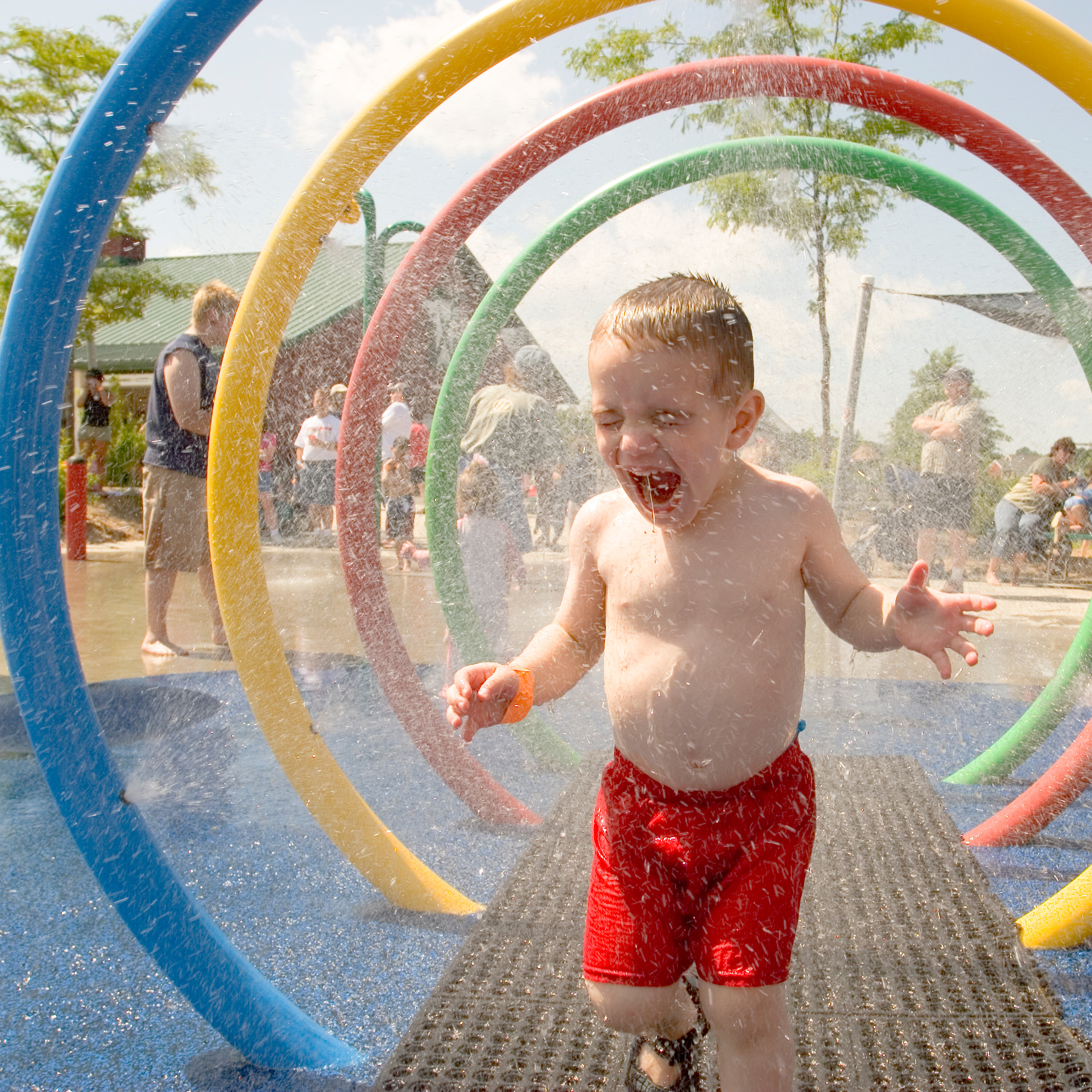Keep children safe around water with these three steps.
Warm weather means families in Tennessee are flocking to lakes and pools to stay cool. Unfortunately, it also means we’re likely to see an uptick in drowning and near-drowning incidents in the coming months.
According to the Tennessee Department of Health, 21 children in Tennessee died by drowning in 2022 and 100% of those drowning deaths were deemed as probably preventable.
“Drowning is a silent killer,” said Stacey Pecenka, manager of the Pediatric Trauma Injury Prevention Program at Monroe Carell Jr. Children’s Hospital at Vanderbilt. “In less than 20 seconds, a child’s lungs can fill with water, preventing them from breathing. In only a matter of minutes, brain damage and/or death can occur.”
Parents are frequently cautioned about water safety — but accidents still happen, and the statistics in the U.S. are startling:
- There are 11 deaths each day from drowning.
- One out of every five drowning victims is a child.
- For every fatal drowning incident, there are seven non-fatal injuries resulting in emergency department care.
- Overall, drowning is the leading cause of death for children between 1 and 4 years old.
- 52% of drowning deaths occur during the summer months from June to August.
Adults should be aware that drowning doesn’t look like the dramatic splashing or shouting that’s often depicted in movies or TV shows, Pecenka said.
“The sad truth is that many times the child slips under water silently, and even people near or in the pool with them have reported hearing nothing during drowning incidents,” she said. “It’s also important to understand that it only takes an inch or two of water for a young child to drown, which is why parental supervision is critical.”
Safety experts at Monroe Carell want to highlight the ABCs of water safety:
A: Adult supervision
- Active adult supervision is arguably the most important water safety rule. At least one adult should be focused on the pool and close enough to touch the swimmers if necessary. Watch your children at all times whenever they’re around water, and remember: Don’t just be there, be aware.
- Designate an adult “water watcher.” This person’s sole responsibility is to watch the pool area for 15 minutes and not read or talk on the phone. After 15 minutes, pass the responsibility to another adult for 15 minutes, and so forth. Ensure that the “water watcher” is a sober adult who knows CPR and has basic swimming skills.
- “Floaties” (inflatable armbands), arm bands or water wings don’t prevent kids from drowning and can create a false sense of safety. These inflatable devices are not life jackets and should never be substituted for adult supervision.
B: Barriers and boating safety
- Have a properly working physical barrier such as a fence, pool safety cover and pool alarm (one meeting code requirements).
- If the home opens directly to the pool, door alarms and locks should be installed.
- If a child is missing, always check the pool first.
- Always swim at a lifeguarded beach and pay attention to the beach warning flags.
- On a boat, wear properly fitted U.S. Coast Guard-approved life jackets.
C: Classes
- Teach children to swim, but remember, there’s simply no substitute for 100% supervision. The American Academy of Pediatrics recommends swimming lessons for children as young as 1.
- Adults and children 13 and older should learn infant and child CPR.

Protecting your children
The Injury Prevention Program at Monroe Carell Jr. Children’s Hospital at Vanderbilt is a nationally recognized program that aims to reduce traumatic injuries among children and promoting safe behaviors in the community.




